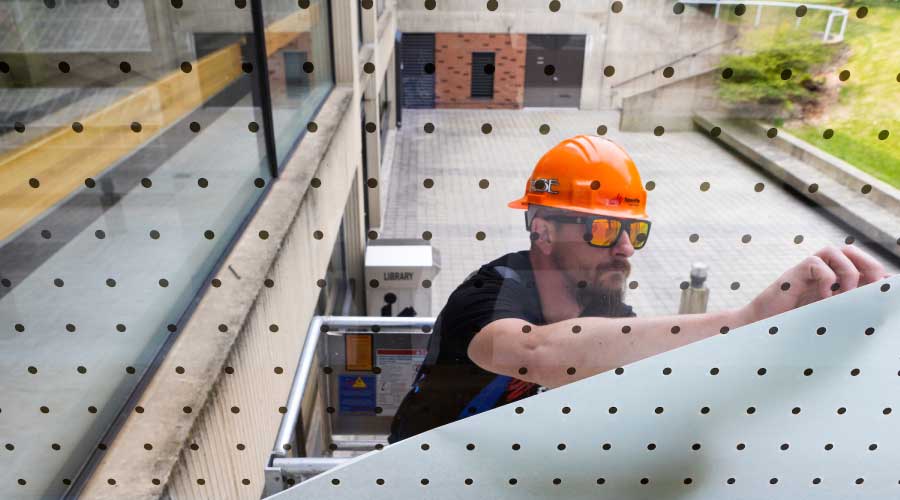Avoiding Water Penetration in Windows
As vital parts of the exterior enclosure of buildings, windows must resist weather conditions while helping to maintain a comfortable interior space. They must withstand wind, rain, projectiles and exterior temperature extremes while allowing transmission of light, providing ventilation, accommodating building movements, and forming a relatively lightweight cladding system.
Problems associated with any one of these areas can compromise overall building performance. As with most materials, windows deteriorate with age, and some repair and maintenance is necessary. The original performance of these building elements is typically reduced over time, which can adversely affect interior conditions and surrounding building construction.
Repairs can extend window service life, enabling them to meet their original function or at least an acceptable level of performance. The repair strategy also has the potential to reduce operational and maintenance costs.
However, many conditions and issues, such as aesthetics, the extent of interior disruption that would occur as a result of the work, and in some cases, historic preservation concerns affect the decision of whether to repair or replace windows. Therefore, the decision should be based on sound judgment and full knowledge of the extent of existing conditions.
Window Basics
Windows are typically not load-bearing components of a building. They can be installed as individual or ganged units within wall openings. Windows are generally secured to surrounding cladding with connections that support the weight of the system and resist lateral loads imposed by wind and seismic forces. These connections must also accommodate structural and thermal building movements. Exterior perimeter sealants and flashings are typically installed to seal and integrate the system with adjacent wall cladding. Sealants and flashings need to be designed carefully to accommodate anticipated movements.
Windows are constructed by combining different components and materials into a single composite unit or system. The basic components of a typical window include glazing panels (typically either monolithic or insulated glass units), framing members (usually aluminum, vinyl or wood), gaskets, a thermal separator system (in aluminum systems), and internal seals. The choice of framing members and the glazing system typically depends on project conditions (type of project, budget, thermal and structural requirements, etc.) and the desired aesthetic effect. While wood, vinyl and aluminum framing are often used for windows in low-rise commercial buildings, aluminum framing is more typically used for windows in taller buildings where wind loads can be significantly greater.
There are two primary approaches to water penetration resistance in window systems: barrier and drainage. For a barrier system, the exterior surfaces and joints of the window or curtain wall are designed to be permanently sealed to prevent any water penetration into the system. This type of fenestration system usually incorporates exterior gaskets and sealants. Water penetration beyond the barrier seals typically results in water accumulation within the framing or penetration into the interior of the building. This system can be difficult to install to be completely watertight. Its performance is highly dependent on workmanship during installation and maintenance throughout the life of the system.
A drainage system approach assumes that some water may penetrate the primary exterior glazing seals and joinery of the window assembly. This system is designed to collect this water and drain it to the exterior. Drainage systems are typically preferred in that they are designed to include some redundancy in addressing water penetration and are not as dependent on maintenance of exterior seals because some water penetration into the system is assumed.
Related Topics:











